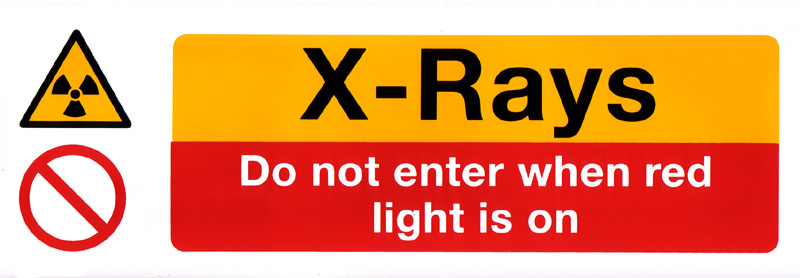
If you've ever set foot in a veterinary clinic, you've probably seen many equipment key to the medical care of our precious pets. One of the most prevalent, yet often ignored, elements are the 'vet x-ray warning lights'. These warning lights are crucial in assuring the safety of both the veterinary staff and the animals in care. In this article, we'll dive deep into the domain of 'vet x-ray warning lights' and discover their significance.
Understanding Vet X-Ray Machines
Before diving into the details of the 'x-ray warning lights', it's imperative to understand the primary tool they are connected to - the x-ray machine. Veterinary x-ray machines permit vets to see inside an animal's body. They can help discover bone fractures, tumours, foreign objects, and other internal matters that might not be clear from a physical examination alone.
However, as advantageous as they are, x-ray machines give off ionising radiation, which is injurious in prolonged amounts. That's where the 'x-ray warning lights' step in.
The Role of X-Ray Warning Lights in Veterinary Clinics
'X-ray warning lights' serve a uncomplicated yet key function. They shine to indicate when the x-ray machine is in operation, alerting staff, visitors, and other animals to keep away from the nearby area. Here's why they're essential:
Safety First: The primary role of 'vet x-ray warning lights' is safety. They affirm that anyone in the vicinity realises when perhaps harmful x-rays are being emitted.
Preventing Unnecessary Exposure: Long exposure to x-rays can be injurious. By informing everyone in the vicinity, these warning lights do a important role in reducing any unintended exposure.
Legal and Regulatory Compliance: In various jurisdictions, including the UK, the use of 'x-ray warning lights' is not just recommended but a binding requirement. Veterinary clinics are forced to follow given safety protocols, with the use of warning lights being chief among them.
Choosing the Right Vet X-Ray Warning Lights
If you're a clinic owner or a vet looking to start a new practice, it's essential to acquire top-notch 'vet x-ray warning lights'. Here's what to consider:
Visibility: Ascertain that the lights are vivid enough to be seen from a distance, even in well-lit environments.
Durability: Veterinary clinics are active environments. Acquire warning lights that can bear a bit of wear and tear.
Integration with X-Ray Machine: Some contemporary 'x-ray warning lights' can be linked with the x-ray machine to directly turn on or off. Such synchronisation adds an added layer of safety and convenience.
Maintenance and Checks
Regular checks and maintenance of your 'vet x-ray warning lights' are crucial to verify they function properly. A faulty light could contribute to unintended exposure. Make sure that:
Frequent Inspections are Carried Out: Check the lights daily before clinic operations start.
Replace Faulty Bulbs Without delay: Don't hold on for a bulb to die fully. If you see it fading or flickering, it's time for a swap.
Test for Synchronisation: If your warning light is integrated with your x-ray machine, routinely test to confirm they sync accurately.
'X-ray warning lights' in veterinary clinics may appear like straightforward devices, but they perform a central role in making sure of the safety of both the staff and the animals. They operate as silent guardians, shielding everyone from unneeded radiation exposure. Whether you're a vet, a pet owner, or a concerned individual, realising the importance of these lights and confirming they function correctly is vital.
If you're enthusiastic to know more about x-rays in veterinary practice or are in search of premium 'vet x-ray warning lights', we encourage you to visit xray4vets. With a plethora of information and products designed for the veterinary realm, it's your ultimate destination for all things x-ray related. Safe practices confirm a more secure environment for everyone involved, so never ever underestimate the strength of that small warning light!"